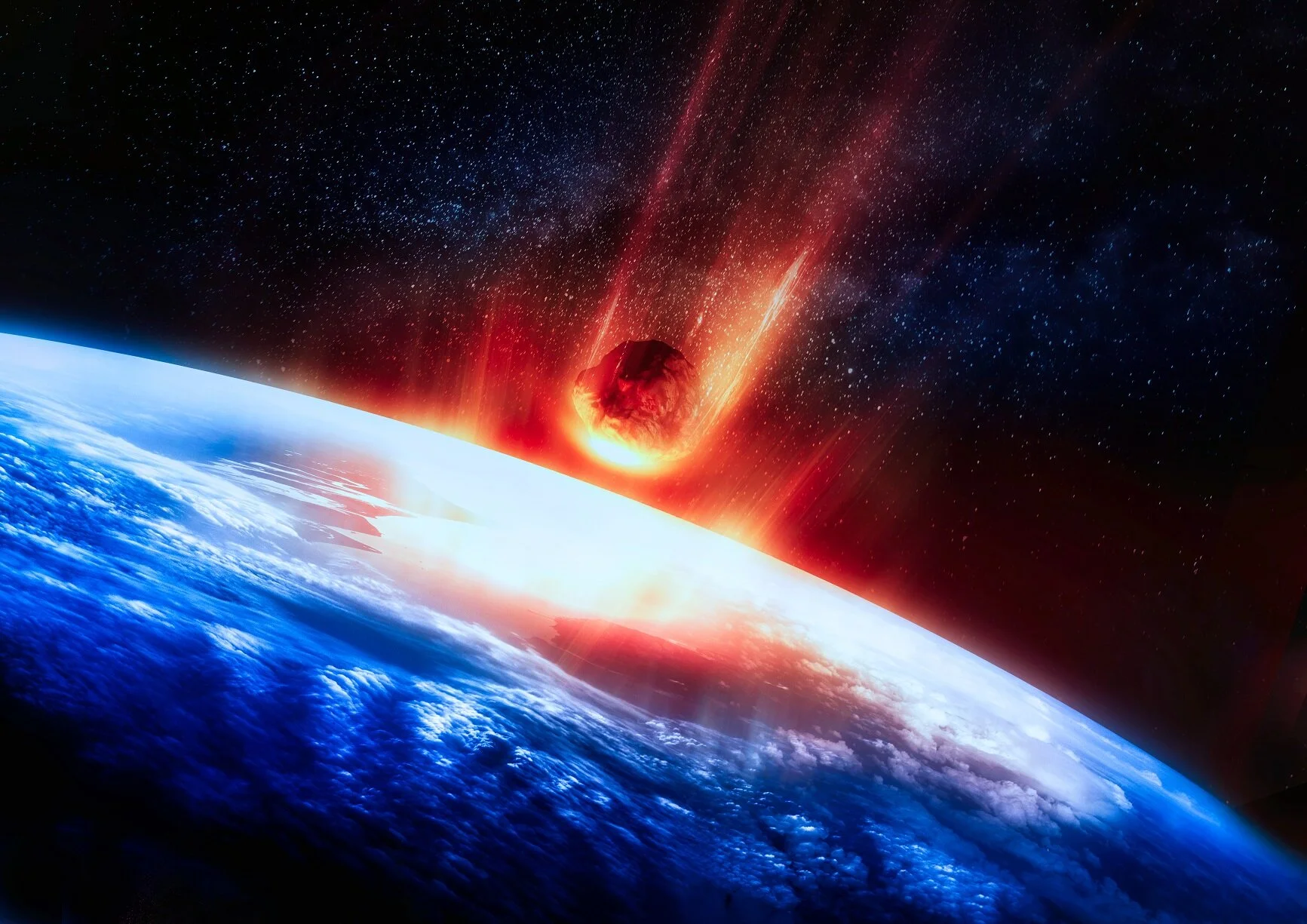There are many labs around the world which do design and make explosives for interest and application. Here are five of these non-nuclear chemicals which all explode via the rapid release of gas.
Explainer: what is wave-particle duality
Our notion of reality is built on everyday experiences. But wave-particle duality is so strange that we are forced to re-examine our common conceptions. Wave-particle duality refers to the fundamental property of matter where, at one moment it appears like a wave, and yet at another moment it acts like a particle. To understand wave-particle duality it’s worth looking at differences between particles and waves.
If atoms are mostly empty space, why do objects look and feel solid?
Chemist John Dalton proposed the theory that all matter and objects are made up of particles called atoms, and this is still accepted by the scientific community, almost two centuries later. Each of these atoms is each made up of an incredibly small nucleus and even smaller electrons, which move around at quite a distance from the centre.
How long is a year on Mercury?
Mercury is a planet of extremes. As the closest planet to our Sun, it experiences extremely high surface temperatures. But since it has virtually no atmosphere to speak of, and rotates very slowly on its axis, it gravitates between extremes of hot and cold. It also means that it’s Sun-facing side experiences prolonged periods of day while its dark side experiences extremely long periods of night.
What is the weather like on Saturn?
Saturn is famous for many things. Aside from its ring system, which are the most visible and beautiful of any gas giant, it is also known for its extensive system of moons (the second largest in the Solar System behind Jupiter). And then there its banded appearance and gold color, which are the result of its peculiar composition and persistent weather patterns.
Through the nuclear looking glass: the moon & the bomb
For centuries, scientists have been attempting to explain how the Moon formed. Whereas some have argued that it formed from material lost by Earth due to centrifugal force, others asserted that a preformed Moon was captured by Earth’s gravity. In recent decades, the most widely-accepted theory has been the Giant-impact hypothesis, which states that the Moon formed after the Earth was struck by a Mars-sized object (named Theia) 4.5 billion years ago.
There are six styles of love. Which one best describes you?
Black holes are even stranger than you can imagine
What is the surface area of earth?
Whoever coined the phrase “it’s a small world” obviously never tried to travel around it! In truth, the planet’s dimensions are quite impressive, and determining just how big it is took many thousands of years. From astronomers determining that Earth was in fact round (and not a flat disc, cube or ziggurat), to the first successful attempts at circumnavigation, our estimates have changed over time.
When birds go roaming: The mystery of avian irruptions
Do vegetarians live longer? Probably, but not because they’re vegetarian
Don’t panic: the northern lights won’t be turning off anytime soon
The northern lights are nature’s very own magnificent light show. They are the mesmerising end result of electrically charged particles from the sun colliding with the Earth’s upper atmosphere. Though more frequently witnessed from the polar regions, the UK and other places on similar latitudes are lucky enough for the aurora borealis to occasionally grace their night sky.
‘Seeing’ music or ‘tasting’ numbers? Here’s what we can learn from people with synaesthesia
What is the weather like on Mars?
Mars is often referred to as “Earth’s Twin”, due to the similarities it has with our planet. They are both terrestrial planets, both have polar ice caps, and (at one time) both had viable atmospheres and liquid water on their surfaces. But beyond that, the two are quite different. And when it comes to their atmospheres and climates, Mars stands apart from Earth in some rather profound ways.
Why we can’t spin a silken yarn as strong as a spider can
Explainer: What is a planet?
Humanity’s understanding of what constitutes a planet has changed over time. Whereas our most notable magi and scholars once believed that the world was a flat disc (or ziggurat, or cube), they gradually learned that it was in fact spherical. And by the modern era, they came to understand that the Earth was merely one of several planets in the known Universe.














